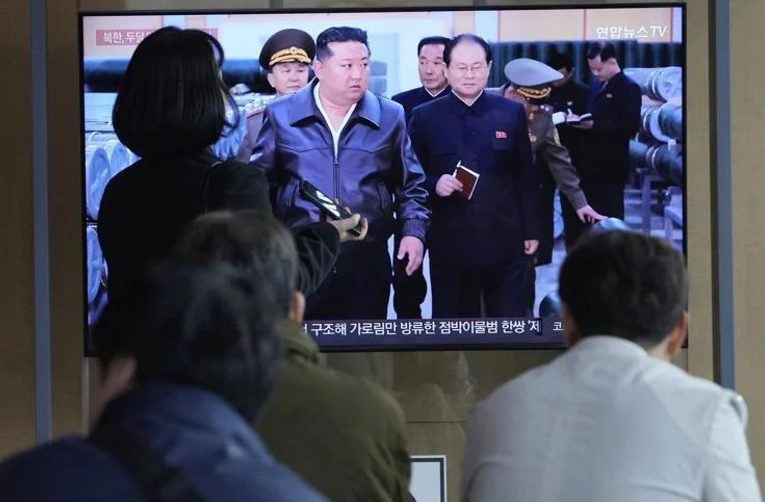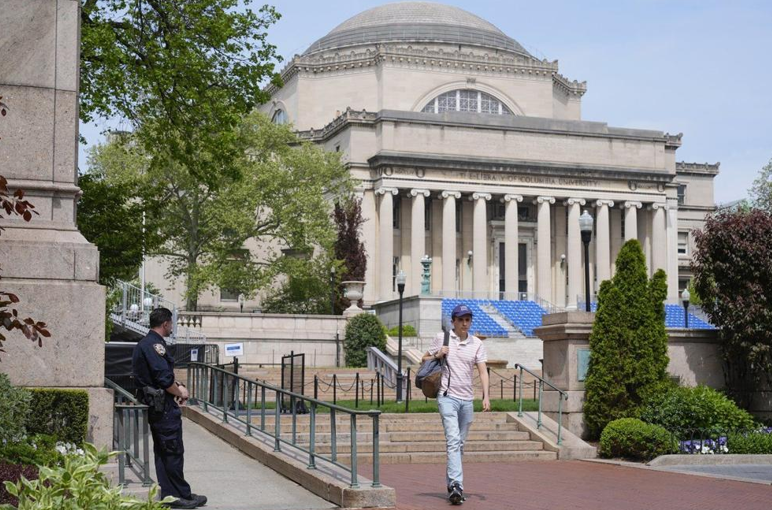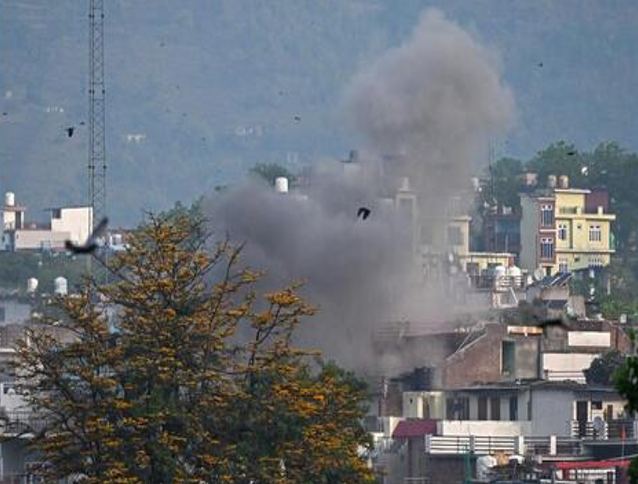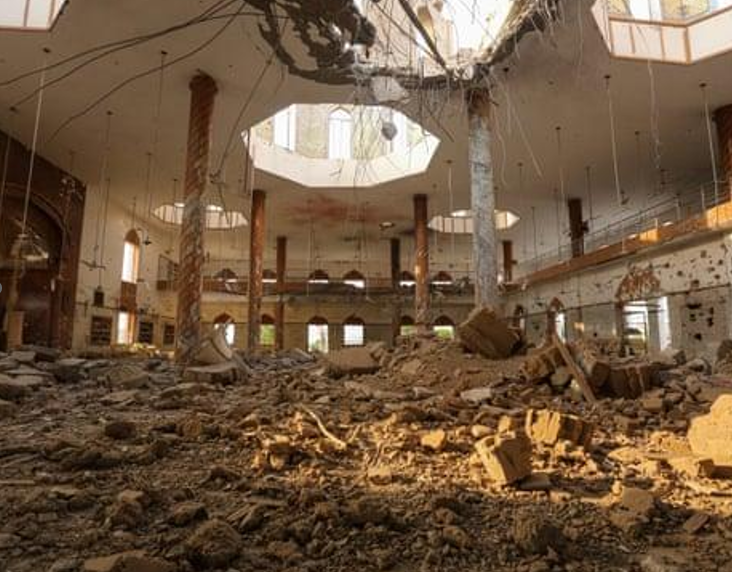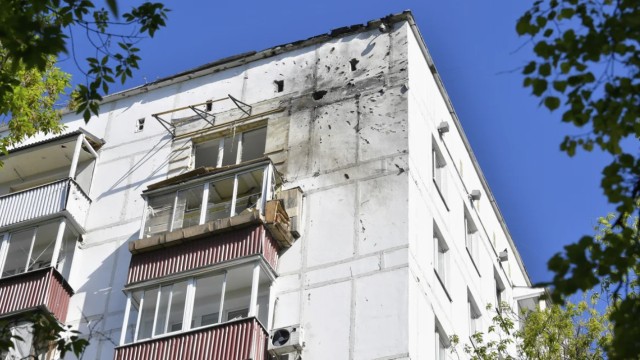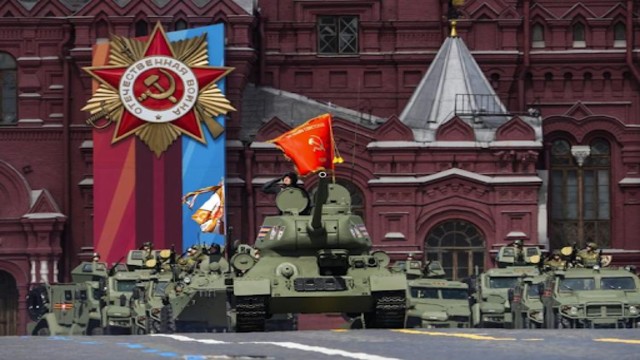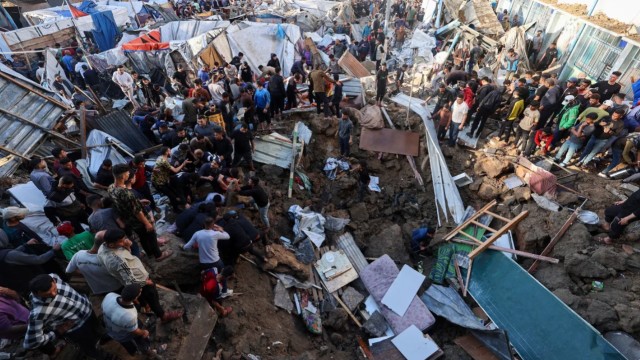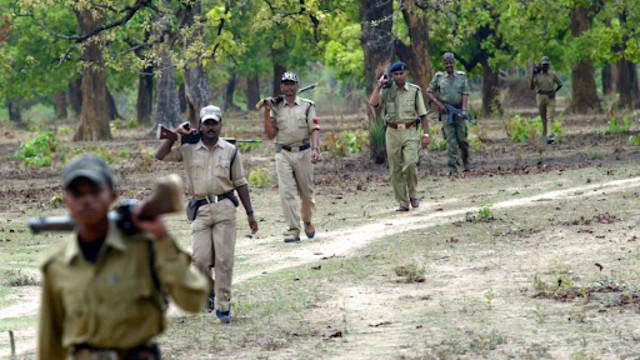
A deadly clash in Chhattisgarh, India, resulted in the deaths of 31 suspected Maoist rebels and two police officers. AP Photo
A violent confrontation between security forces and suspected Maoist rebels in central India has resulted in the deaths of at least 31 insurgents and two police officers. This is the deadliest encounter in the region so far this year, according to officials.
The clash took place on Sunday in the dense forests of the Indravati area in Chhattisgarh state. Acting on intelligence reports, hundreds of police and paramilitary personnel launched a large-scale operation, believing a significant number of rebels had gathered there.
As security forces moved through the forest, a fierce gunfight broke out. Inspector General of Police Pattilingam Sundarraj confirmed that 31 suspected Maoist fighters were killed in the battle, along with two police officers. Additionally, two more officers were injured. The forces recovered weapons, including automatic rifles, and search operations are still ongoing in the area.
A Rising Wave of Violence
This latest clash marks the second major confrontation between security forces and Maoist insurgents in Chhattisgarh within a month. On January 23, security forces killed at least 16 rebels in the state's Gariband district. The government had previously placed a bounty on 12 of them, totaling approximately $345,000. Another encounter on January 31 in Bijapur district resulted in the deaths of eight insurgents.
So far, there has been no official response from the Maoist rebels regarding Sunday’s incident.
Decades-Long Insurgency
The Maoist insurgency, often referred to as the Naxalite movement, began in 1967 and has spread across several states in central and northern India. The rebels, inspired by Chinese communist leader Mao Zedong, claim to be fighting for the rights of poor and indigenous communities who have long suffered from government neglect.
Many tribal villagers in regions like Chhattisgarh lack access to basic necessities such as jobs, schools, and healthcare. The rebels often exploit these hardships, speaking local tribal languages and promising to fight for their rights. This has helped them gain support in remote areas, despite the government’s ongoing counter-insurgency efforts.
Tactics and Attacks
Over the years, the Maoist rebels have carried out numerous attacks on security forces and government institutions. They have ambushed police officers, bombed train tracks, and even raided prisons to free captured fighters. They also steal weapons from security forces to strengthen their arsenal.
Despite efforts by the Indian government to curb the insurgency, including military operations and peace talks, the conflict continues. The latest clashes show that the Maoist movement, though weakened over time, remains a serious security threat in the country.


